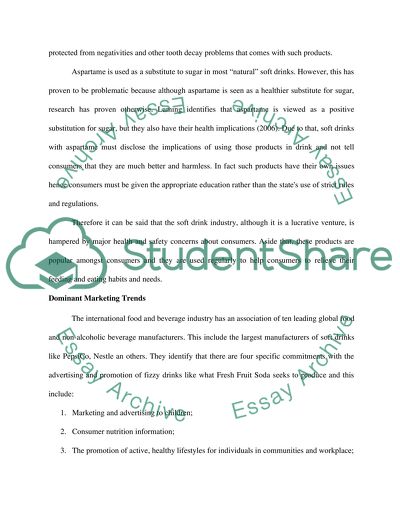Cite this document
(“Industry briefing paper Essay Example | Topics and Well Written Essays - 1750 words”, n.d.)
Industry briefing paper Essay Example | Topics and Well Written Essays - 1750 words. Retrieved from https://studentshare.org/marketing/1630008-industry-briefing-paper
Industry briefing paper Essay Example | Topics and Well Written Essays - 1750 words. Retrieved from https://studentshare.org/marketing/1630008-industry-briefing-paper
(Industry Briefing Paper Essay Example | Topics and Well Written Essays - 1750 Words)
Industry Briefing Paper Essay Example | Topics and Well Written Essays - 1750 Words. https://studentshare.org/marketing/1630008-industry-briefing-paper.
Industry Briefing Paper Essay Example | Topics and Well Written Essays - 1750 Words. https://studentshare.org/marketing/1630008-industry-briefing-paper.
“Industry Briefing Paper Essay Example | Topics and Well Written Essays - 1750 Words”, n.d. https://studentshare.org/marketing/1630008-industry-briefing-paper.


